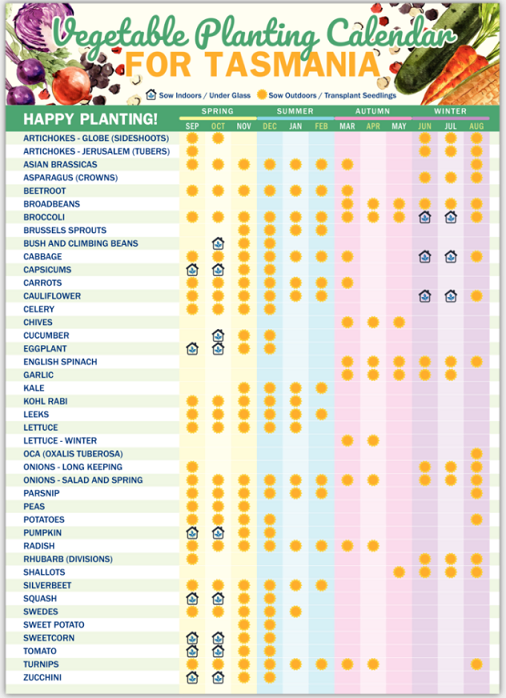Peter Cundall: How to grow tomatoes

A little preparation can make all the difference when putting in seedlings.
THOSE parts of southern Australia still subject to occasional late frosts have become mass graveyards for tomato seedlings planted out far too early.
We are all tricked by wonderfully warm spring days when temperatures leap to glorious heights. It requires a strong will and more than a touch of realism to resist getting those nice sturdy seedlings into the warming soil.
Let’s be brutally honest. When tomato or other tender seedlings, including capsicum, pumpkin and cucumber, succumb to unexpected low temperatures, the only sensible thing to do is pull them out, chuck them away and replace them with new healthy ones — when it’s safe to do so, of course.
Luckily I held my nerve, despite a series of temptingly warm spring days and kept my little pots of tomato and capsicum seedlings under cover. After all, it does them no harm and they still continue to grow in containers about the size of teacups so there is no loss of growing time. They will be planted out in the open in mid-November
In fact, I’ve long discovered that it’s good to even allow these little plants to become root-bound in their small pots while waiting. And I also restrict the amount of fertilisers and water they receive so the potting soil remains moist — but never saturated.
This rather harsh treatment is surprisingly beneficial. A combination of semi-starvation and compacted roots makes tomato seedlings “think” they are about to die. So they desperately try to reproduce before doing so by forming flower trusses.
Once we’ve tricked them into earlier flowering, these suffering plants can be treated to some gentle feeding and watering. The result is rapid growth, continuous flowering and earlier crops.
Tomato seedlings that are over-fed, especially with high-nitrogen fertilisers such as chook manure or fish emulsion before flower buds have formed, tend to “go to fat”.
That means the plants are stimulated into producing great masses of useless, sappy branches and leaves at the expense of earlier flowering.
The result is masses of unripe tomatoes around April when temperatures are too low for ripening to be completed.
Last year I experimented with an unusual way of enriching the soil before planting out tomato seedlings. I collected about a bucketful of black charcoal lumps from our wood stove.
These were pulverised using a lump of wood. I mixed half a bucket of these pea-sized pieces and black dust with a special, high-potash mixture suitable for tomatoes. It consisted of half a cup of seaweed concentrate, half a cup of sulphate of potash and a good handful of blood and bone.
This was bulked out with lots of sheep manure and wetted with three litres of water.
The result was a black, sloppy gruel that looked revolting. I dug slightly deeper holes for the tomato seedling and filled the bottom third with the gruel — which was then mixed into the surrounding soil. A seedling went in on top of every hole treated like this, each given an extra circle of potash.
The response can only be described as phenomenal. The yields were not only fantastic, but all the tomatoes — I planted about 10 different varieties — had an unusually rich and delicious flavour.
Even better, none of the plants showed any sign of disease and even pests showed no interest.
I put this down to the extra potash, which is loved by tomato plants.
I’ll be trying this charcoal trick with capsicum and eggplant seedlings when they go in during late November and some winter kale seedlings I’m starting to raise for planting out in January.
I’m looking forward to some highly nutritious summer, autumn and winter eating.
first published October 27, 2014
-----------------------------------------------------------------------
Check out our Tasmanian Planting Calendar Fridge Magnet – A5 size only

A year-round guide for when to plant your veggies in Tasmania. Never lose your planting guide again with a convenient fridge magnet for secure attachment to any metal surface. This growing guide has been tried and tested by some of the best Gardener’s in Tasmania, and is specifically adapted to the Tasmanian climate.
Excellent Gift for any Tasmanian you know with green thumbs and who likes Peter Cundall as much as i do!
Make sure you follow the calendar and you will have a successful year of growing vegetables in Tasmania.
Price includes FREE SHIPPING Australia wide. BUY HERE